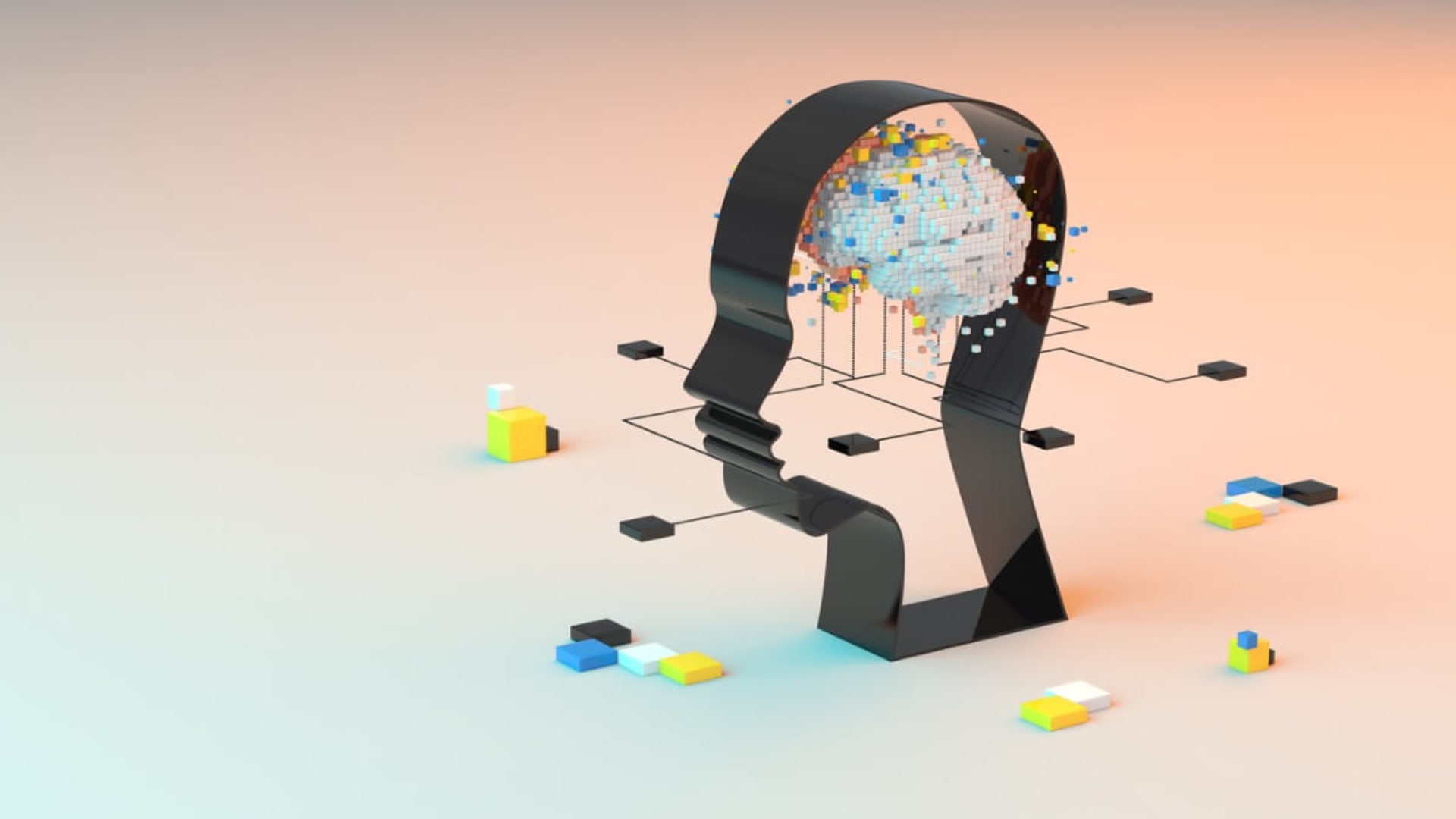This year has been a wild year for the cryptocurrency community, from soaring high prices and an ever-growing economy to scams, hacks, and a massive crash. The future of a decentralized digital currency is very uncertain at this point. But even if it were to crash and burn, the technology is still there.
Blockchain services is one of those buzzwords that’s been part of the cryptocurrency craze, and it’s one of those technologies that promise a huge digital disruption at some point. Companies like Samsung and Goldman Sachs have invested millions of dollars in blockchain-based ventures like Sky Mavis. This in turn has led to startups cropping up left and right trying to capitalize on the opportunity.
Of course, Blockchain also has its fair share of detractors. The energy costs of operating a blockchain are astronomical, and in a world where climate change is a real concern, the amount of energy wasted in running a blockchain is nothing to sneer at. On the other hand, the recent losses due to cyberattacks have demonstrated that the system isn’t as impervious to hacking as people hoped for.
So, what is it about blockchain that is so appealing? Should we be investing hundreds of millions of dollars in developing the technology? What does it have to offer beyond Cryptocurrency and NFTs? Or is it just a trend that will die as many others have in the past?
Understanding the Blockchain
While blockchain, as we know it today, is inexorably intertwined with the story of bitcoin, the underlying concepts have been around for 40 years or so. In the plainest terms possible, a blockchain is a digital, distributed ledger that is maintained by mutually suspicious groups. Let’s decompress that definition.
It’s a ledger in the traditional sense. In other words, it’s a repository that keeps track of all transactions that are made. It’s digital because it only exists within computerized systems. While you could, in theory, take a blockchain and print it, that would only be a snapshot—the real one is on the internet.
It’s distributed because it works on the principles of peer-to-peer computer networks. In other words, there is no centralized device where the blockchain is contained. You can’t physically steal a data center and take the whole ledger, because the ledger is handled and shared by a network of computers.
Finally, instead of having a single manager reviewing and validating every transaction, you have a community of managers, each very skeptical of their fellow managers’ work. When enough managers agree that a transaction is legit, it’s approved and registered on the blockchain. That’s why we call them suspicious groups—each group of computers is doing its own thing until all groups involved reach a consensus.
So, what kind of transaction can be stored on a blockchain? That depends. The bitcoin blockchain, for example, only registers transactions made between bitcoin wallets. Other blockchain like ethereum can handle both cryptocurrency and other assets. You could write an app and use the ethereum blockchain to track your transactions.
Take, for example, Axie Infinity, a game similar to Pokémon GO, where each trade is registered on a blockchain. Other companies are making lofty promises of using blockchain technology for cloud storage, identity storage, and more.
So, a public ledger is open to anyone for review, controlled by no one, and uses cryptography to connect each transaction, so it’s almost impossible for a human being to create a false block. Sounds too good to be true? Yes, yes it does.
The Price of the Blockchain
As we’ve mentioned before, blockchain requires a massive amount of energy to function. You need a method to reach a consensus, with the two most common ones being proof-of-work and proof-of-stake.
Proof-of-work is a competition: When a new block joins the chain, each validator (called a miner) begins solving an extremely difficult cryptographic puzzle that increases in complexity as the blockchain grows. When a miner finally solves the problem, they are rewarded with some form of token (for example a bitcoin) and the transaction is validated.
Imagine having 200 math geniuses working on the same problem at the same time. When one of them finally solves the problem, the other 199 agree that it’s the correct solution. Yes, you solved the problem, but what about the work of the other 199 geniuses? Well, that’s just wasted energy and effort. And when bitcoin is using as much energy as all of Switzerland, you can bet that wasted energy is a problem.
Of course, bigger miners have more processing power and, in turn, higher probabilities of solving the puzzle and earning the token. In other words, for a decentralized technology, proof-of-work incentivizes bigger fish to eat smaller fish. So much for a noncentralized solution.
So what’s the alternative? Ethereum has been trying to migrate to an eco-friendlier method called proof-of-stake. Instead of having a free-for-all competition, you assign a few validators that are willing to stake their assets in a game of chance. Validators are awarded when they attest to the validity of a new block. On the other hand, if a validator proposes a block with a false transaction or false data history, the validator’s stacked resources are slashed by the protocol and they are banned from validation from then on.
While proof-of-stake is less resource intensive than proof-of-work, it requires a massive initial investment. The more you stake, the more likely you are to become a validator, turning the whole process into an oligopoly.
What Is It For?
The biggest problem with Blockchain is that at this point in time the technology doesn’t provide any solution worth the infrastructure and energy cost. Proponents point to the security of the blockchain as one of its main perks. But the aforementioned Axie Infinity lost $600 million to a hack in March 2022. And we’ve lost track of how many bored ape NFTs have been stolen in a year.
Peer-to-peer technologies existed way before Bitcoin, and cloud services have been offering decentralized data storage for ages. Now, the prospect of not having to rely on industry giants like Amazon and Microsoft might seem appealing to some. But here is where I have to ask the question: Have you considered the pros of centralized services?
For example, accountability. If something happens to your data, companies are contractually bound to either help you restore it or compensate you for damages. Likewise, Azure and Amazon Web Services are more than helpful when your account has been hacked, reversing charges when they’ve incurred.
I could see a future where blockchain could be implemented for identity tracking and border control. But that would require a level of infrastructure, commitment, and oversight that’s not there at the moment. In the meantime, blockchain is an interesting experiment that doesn’t seem to be solving any of our current problems.
I’m not trying to diss blockchain. Quite the opposite. I respect the idea—I find it genius in a way. I just haven’t seen a case where it actually offers something better than what we currently have without destroying the ecosystem at the same time.
If you enjoyed this article, be sure to check out our other articles about Blockchain Technology:













